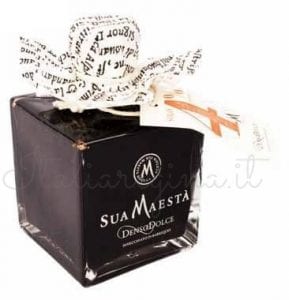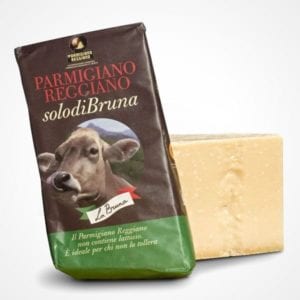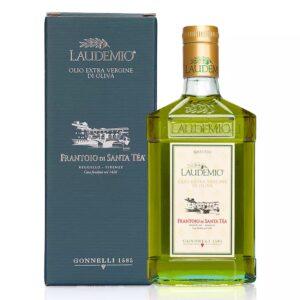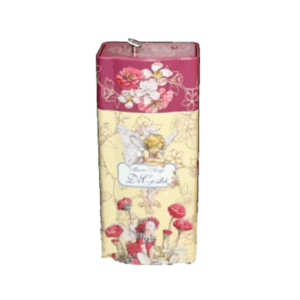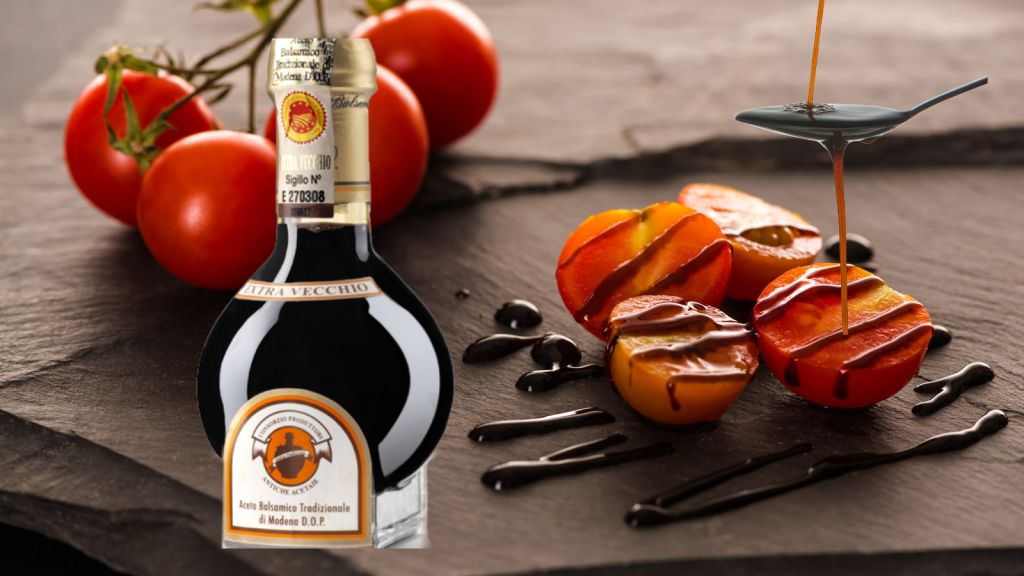
When it comes to authentic Italian Balsamic vinegar, there’s more to its essence than just its taste and aroma. Beyond the richness of flavor lies a cultural heritage protected by stringent regulations, ensuring that every drop encapsulates the tradition and quality synonymous with its origin. One distinctive aspect of these regulations is the uniformity of the bottles in which PDO (in Italian DOP Denominazione di Origine Protetta) balsamic vinegar is presented.
The regulatory backbone: Consorzio standards
At the heart of this uniformity lies the Disciplinare di Produzione—a set of rules and regulations established by the Consorzio Tutela Aceto Balsamico di Modena, the consortium responsible for safeguarding the production of authentic balsamic vinegar. Within these guidelines, specific criteria dictate every aspect of production, including the shape and size of the bottle.
According to the Disciplinare, DOP balsamic vinegar must be bottled in a specific vessel—a unique bottle designed to adhere to the tradition and authenticity of the product. This decree is not merely arbitrary but is deeply rooted in history and cultural significance.
The iconic form of balsamic vinegar bottle: understanding the bottle shape
The iconic shape of the DOP balsamic vinegar bottle is reminiscent of a bulbous body with a narrow neck, often adorned with a rounded stopper. This design is not merely aesthetic but serves functional and symbolic purposes.
- Functional Considerations: The bulbous body allows for efficient pouring and storage, preventing spillage and facilitating controlled dispensing of the precious liquid. The narrow neck minimizes exposure to air, crucial for preserving the vinegar’s delicate flavors and aromas over time.
- Symbolic Representation: Beyond functionality, the bottle shape embodies the essence of tradition and craftsmanship associated with balsamic vinegar production. It pays homage to the ancient art of vinegar making, passed down through generations in the Modena and Reggio Emilia regions of Italy.
Divergence among producers: exploring differences
While DOP regulations ensure uniformity in bottle shape among certified producers, there exists variation among balsamic vinegar bottles produced by different cantinas (cellars) or consortia within the designated regions.
- Aesthetic elements: While the fundamental shape may remain consistent, individual producers may incorporate unique embellishments or labeling to distinguish their product. These variations serve as a means of branding and differentiation within the marketplace.
- Material and craftsmanship: Additionally, differences may arise in the materials used for bottle construction and the level of craftsmanship employed. While some producers may opt for traditional glass bottles, others might experiment with alternative materials or artisanal techniques to impart distinctiveness to their packaging.
In essence, while DOP regulations enforce uniformity to uphold the integrity of balsamic vinegar production, they also leave room for individual expression and creativity among producers. The iconic bottle shape serves as a vessel not only for the precious liquid it contains but also for the cultural legacy and tradition it embodies. Through adherence to these standards, each bottle of DOP balsamic vinegar becomes not just a product but a symbol of authenticity and heritage, cherished by connoisseurs worldwide

